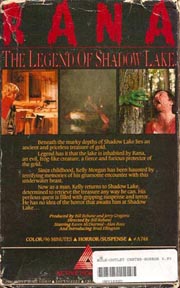Reviews
Croaked: Frog Monster from Hell
Bill Rebane
USA, 1975
Credits
Review by Rumsey Taylor
Posted on 24 October 2008
Source Active Home Video VHS
Categories 31 Days of Horror V
The VHS tape for Rana: The Legend of Shadow Lake comes enclosed in one of those oversized cardboard boxes, its edges rubbed white with wear, and its front tethered by a tenuous paper hinge. It is literally a relic, albeit one of little accruing value, but nonetheless a metaphorical extension of the capitalism, history, and greed that describe its contents. But this is a misleading description; despite the film’s conceptual ambitions, if you watch Rana you do so because you want to marvel at its titular monster: a gigantic, ambulant frog-man.
Up until the end he’s seen only in piecemeal, his damp, green, clawed hand grabbing out of one of the corners of the frame, that is if he’s seen at all. He’s introduced in customarily restrained fashion: a boatsman is fishing in the titular Shadow Lake when he notices an ominous chain of bubbles headed right toward his dinghy. Alarmed, the man withdraws a speargun, aims and shoots it straight into the water even though he cannot see precisely what it is that’s causing the ruckus. In an instant, the spear comes straight back out, cleanly piercing the man’s body.
From this action we can construe a few things about the frog-man’s prowess: one, he possesses inordinate strength, what with having reciprocated a harpoon shot with exactly the same momentum with which it was directed against him. And two, he’s amphibian, hence the bubbles. He is thus established as a promising, versatile slasher killer, even before one of his slimy, curiously man-like hands protrudes menacingly outward from the depths of Shadow Lake. The film was produced in the early ’70s, which is remarkable considering how closely it apes Jaws (which it may have preceded) in the economy with which it establishes its killer. And certainly, Rana is best when it’s maintaining this restraint, because it keeps us waiting for the big reveal, or at least the revelation of something similar to the monstrosity seen on the cover. This occurs late in the film, naturally, and it’s an inevitable anticlimax because the frog-man looks exactly like a man dressed up like a frog. If it weren’t for some deep, guttural ribbiting (which is inexcusably underused) and the color of his skin, there wouldn’t be much about him that’s frog-like. There’s not too much more to say about our presumably web-footed nemesis, honestly. He shows up at random intervals, kills or scares someone, retreats to his underwater lair, and generally undermines the folklore and suspense the enterprise would rather be characterized by.
The plot is framed rather deftly by a Man who’s retreated to Shadow Lake with a Woman who is coincidentally or not a paleontologist intent on studying the frog-man (deemed “Rana” in local folklore). The Man has been to Shadow Lake before; he’s even seen Rana. This impresses the Woman because it enables the Man’s potency as a mate and his instrumentality in her research. Despite this, the Man remains oblivious to the Woman’s romantic advances, preferring to summon the flashbacks that make up the bulk of the film: the Man tells his story in the most unnuanced fashion possible, embellishing his speech without any emotion whatsoever. He’ll say something like, “It all started twenty years ago. My dad brought us out here to go camping. On the first night, we realized something was wrong.” He relays this exposition with such stiffness that it’s unclear whether he’s talking about having to go to the bathroom or the implicit threat of a gigantic frog-man lurking in the woods. The entire film, in turn, is characterized by the same emotionless tone. That said, its tonal muteness is established fairly and early on: Rana opens with a bass groove totally unbecoming of a monster movie, and contains stock music of questionable pertinence in other instances. All of it is ambivalent, but serves to enrich the atmosphere of not really being all that afraid of the monster lurking in the woods. This is sort of what’s great about Rana: it looks like it was conceived, scripted, rehearsed, and shot in one weekend, and produced entirely with found objects—the Rana suit, for example, looks like it was made out of green felt. It’s what I’d call a casual monster movie; by the time Rana shows up in full, you’re surprised in the same way you would be if your neighbor knocks on your door in the early evening. When he leaves, you’re certain he’ll pop up again sometime in predictably unannounced fashion.
The plot amounts to more or less the enterprise of moderate suspense and discovery illustrated on the cover, which exhibits Rana sitting atop a fortune of gold coins. The beast, keep in mind, looks not only devilish but greedy, blood being but one of the currencies he accepts. The legend is local tribes and, in turn, local boatmen provided Rana with gold as a means of keeping him at bay. As this fortune grows to legendary proportion over the course of many centuries, so does the locals’ greed. The Woman Paleontologist would be the ringer here, and to my chagrin I found her role the most potently fascinating and undervalued aspect of the film. It becomes instead one of the film’s myriad camp facets. Paleontology as demonstrated solely by Rana: The Legend of Shadow Lake consists expressly of wearing a denim shirt tucked into jeans with no belt, walking around in a summarily cautious, alert manner, with one’s arms outstretched as if balancing one’s comprehension of the surroundings, and stooping only to observe an occasional fossil (these are conveniently dispersed about the shore of Shadow Lake). But this alertness is resolutely inadequate. In one instance the Woman Paleontologist, having already demonstrated her knowledge of fossils and different amphibian genus and species, walks and tumbles accidentally straight in to Shadow Lake.
Hilarious as this is, it’s appropriate—this is, mind you, Shadow Lake. The entire film is very murky, due principally to the degraded fidelity of the VHS I watched, but this is the sort of film that benefits from visual deamplification. The entire thing looks ghosted and unfocused, which is appropriate for a vaguely plotted film about a lurking monster in a cheap costume. And like the Legend that is apparently the primary narrative concern, Rana is perhaps better described than discovered.
More 31 Days of Horror V
-
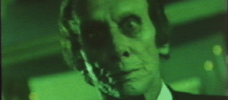
The Dead Don’t Die
1975 -
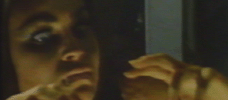
The Brides Wore Blood
1972 -
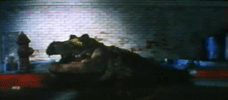
Alligator
1980 -
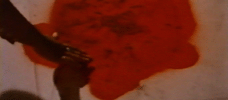
Girl in Room 2A
1973 -

Zombie High
1987 -
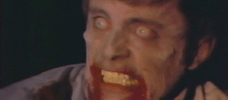
Deathdream
1974 -

Link
1986 -
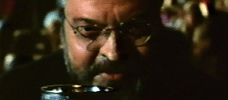
The Witching
1972 -

Nude for Satan
1974 -
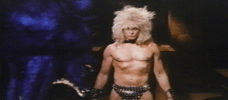
Rock ‘n’ Roll Nightmare
1987 -

The Strangeness
1985 -
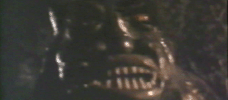
Brides of the Beast
1968 -
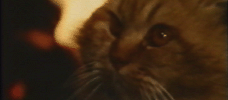
Seven Deaths in the Cat’s Eye
1973 -

The Curse of Bigfoot
1976 -
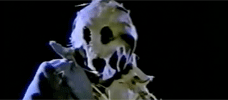
Dark Night of the Scarecrow
1981 -
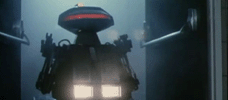
Chopping Mall
1986 -
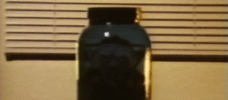
The Jar
1984 -
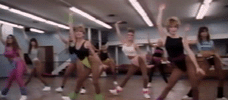
Killer Workout
1986 -
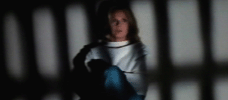
Moon in Scorpio
1987 -

The Legend of Hell House
1973 -
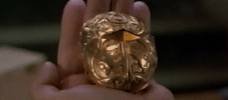
Cronos
1993 -
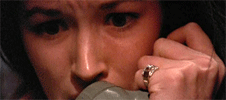
Black Christmas
1974 -
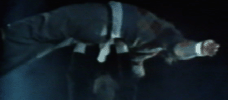
Grave of the Vampire
1974 -
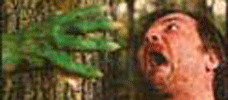
Rana: The Legend of Shadow Lake
1975 -
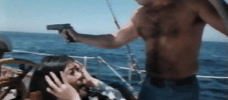
Blood Voyage
1976 -
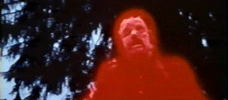
Fiend
1981 -
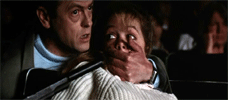
Anguish
1987 -
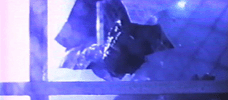
The Chilling
1989 -

Attack of the Beast Creatures
1985 -
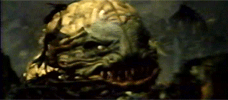
Humanoids from the Deep
1980
We don’t do comments anymore, but you may contact us here or find us on Twitter or Facebook.




